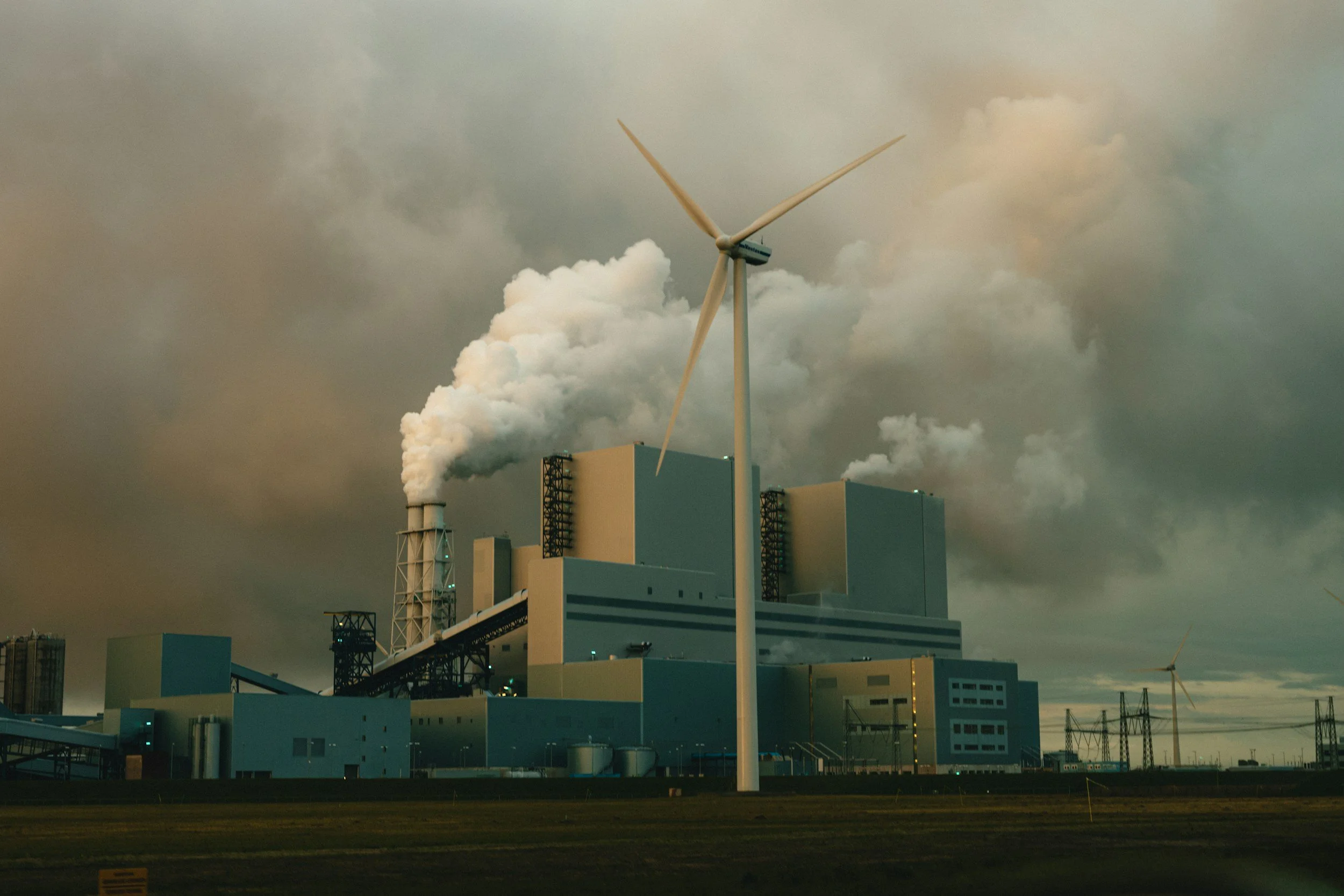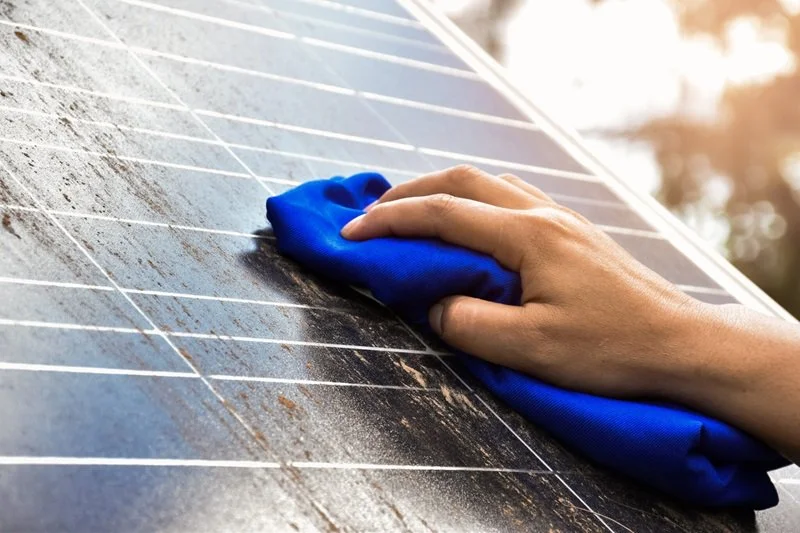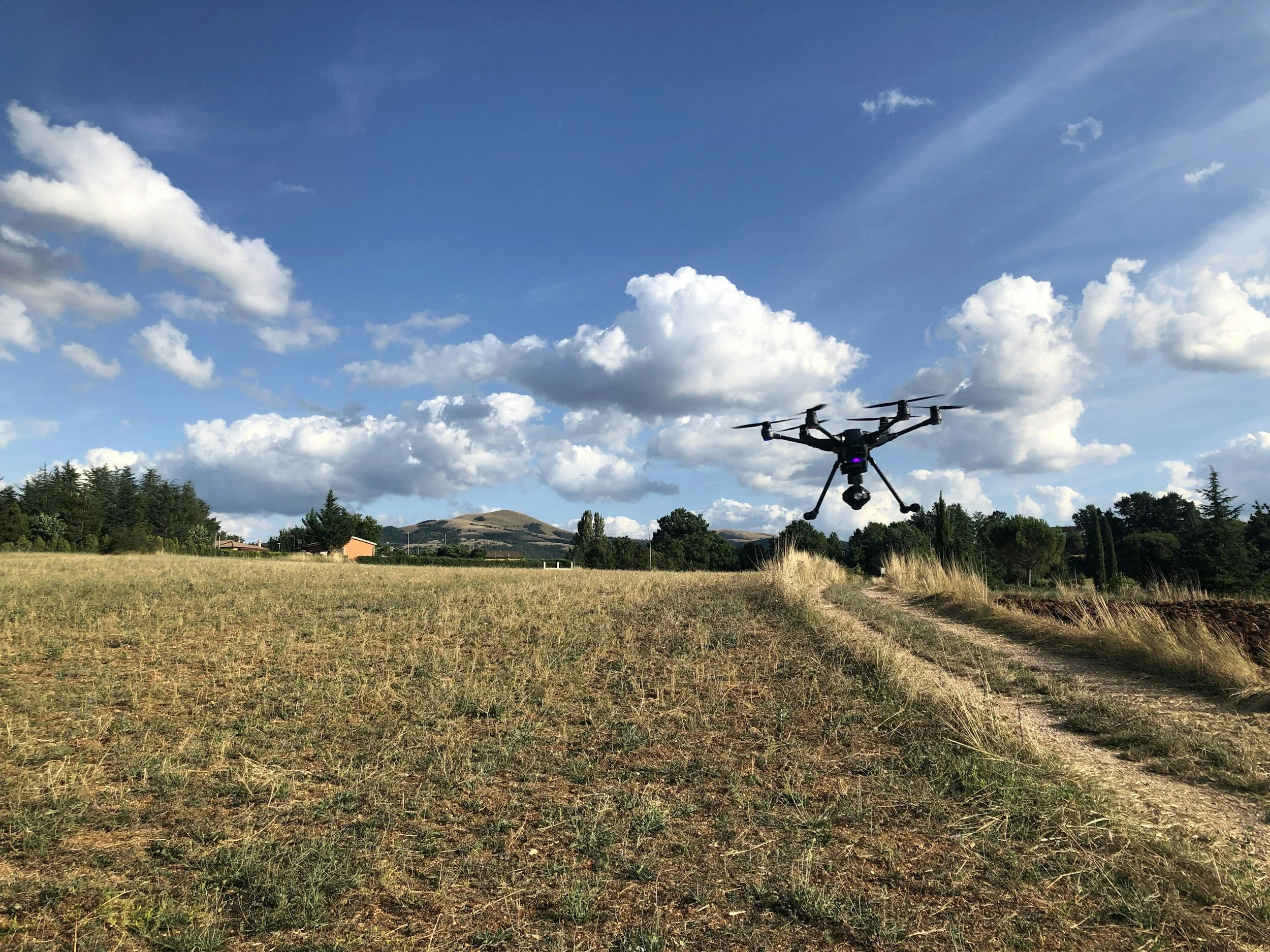Best Practices for Greener Frying: Sustainability in Commercial Kitchens
/Sustainability is gradually gaining traction in commercial kitchens. Rising food costs, environmental concerns, and consumer demand for eco-friendly practices are pushing restaurants to rethink their operations.
Frying, a staple in many kitchens, is one area where sustainability can significantly impact. With the right strategies, commercial kitchens can lower waste, extend oil life, and reduce their environmental footprint while maintaining food quality.
One effective approach is using solutions like FryLow Solutions for Catering and Events, which help improve frying efficiency and extend oil lifespan. In this article, we’ll explore more best practices for greener frying, allowing commercial kitchens to boost sustainability without compromising food quality.
Choosing the Right Oil
Selecting sustainable frying oil is the first step toward greener frying. Not all oils are created equal; some are more environmentally friendly than others.
Opting for high-oleic oils such as sunflower, canola, or soybean oil can extend frying life and reduce the frequency of oil changes. These oils also have better oxidative stability, which helps them withstand high temperatures longer. Additionally, many suppliers now offer sustainably sourced palm oil certified by the Roundtable on Sustainable Palm Oil (RSPO), ensuring ethical production.
Switching to sustainable oils benefits the environment and enhances operational efficiency by reducing oil usage and waste.
Maximizing Oil Life Through Proper Maintenance
Preserving oil quality is crucial for both sustainability and cost-effectiveness. Without proper maintenance, oil deteriorates faster, leading to unnecessary waste and higher expenses.
Filtration is one of the most effective methods to maintain oil quality over time. During frying, food particles, crumbs, and batter residues accumulate in the oil, accelerating degradation and affecting taste. Many commercial fryers come equipped with built-in filtration systems that automatically remove contaminants, helping to prolong oil usability.
For those without automatic systems, manual filtration using fine-mesh strainers and active carbon filters can effectively trap food debris and absorb impurities that cause oil breakdown. Daily filtration can significantly reduce the presence of burned particles and improve overall oil longevity.
Temperature management is a critical factor in preserving oil quality. Frying oil should be kept within the recommended range — typically between 325°F and 375°F (163°C to 190°C) — to prevent overheating, which can lead to oxidation and polymerization.
When oil is heated beyond its smoke point, it breaks down at a faster rate, producing harmful compounds that not only alter flavor but also create potential health risks. Using digital temperature controllers or fryers with precise heat regulation ensures consistent cooking temperatures, reducing unnecessary stress on the oil. Additionally, allowing oil to cool before shutting down fryers can prevent sudden thermal shock, which contributes to degradation.
Another key practice is skimming debris frequently to minimize burnt residues that compromise oil quality. Additionally, storing oil in a clean, cool, and dry environment when not in use helps maintain its integrity and prolong usability.
Reducing Waste with Smart Frying Techniques
Efficient frying practices can significantly lower oil consumption and reduce overall waste. Simple adjustments in frying techniques can make a substantial difference.
One effective strategy is batch frying, in which food is fried in optimal quantities to prevent excessive oil absorption. Cooking food in properly portioned batches ensures that oil remains at a stable temperature, reducing fluctuations that can cause excessive degradation. Overcrowding the fryer can lead to uneven cooking and a drop in oil temperature, increasing the risk of soggy, greasy food and unnecessary oil waste. Maintaining the right batch size helps achieve crispier textures while minimizing oil consumption.
Using high-quality fryers with energy-efficient features further enhances sustainability. Modern fryers equipped with automatic filtration, programmable controls, and energy-efficient heating elements help maintain consistent frying conditions while conserving resources.
Eco-Friendly Oil Disposal and Recycling
Proper disposal of used oil is critical to sustainable frying, as improper disposal can lead to severe environmental damage. Pouring oil down drains can clog plumbing and sewage systems, while dumping it in landfills can contaminate soil and water sources.
Instead, commercial kitchens and home cooks should seek responsible alternatives, such as partnering with waste management services specializing in oil recycling.
Many companies collect used cooking oil and refine it into biodiesel, a cleaner alternative to traditional fossil fuels. This reduces greenhouse gas emissions and lessens dependence on nonrenewable energy sources. Some businesses participate in circular economy programs, repurposing recycled oil into non-food products such as soap, candles, and industrial lubricants.
Implementing an oil collection and recycling program not only benefits the environment but can also offer financial incentives. Some recycling companies pay for used oil, turning waste into an additional revenue stream for restaurants and food establishments. Businesses can also enhance their sustainability credentials, appealing to environmentally conscious customers.
By adopting responsible oil disposal practices, kitchens can contribute to a greener future while maintaining compliance with environmental regulations.
Training Staff for Sustainable Frying
A successful sustainability program starts with well-trained staff. Employees should be educated on best practices for oil management, waste reduction, and energy-efficient frying techniques. Regular training sessions, hands-on demonstrations, and clear protocols help ensure consistency in sustainability efforts across all shifts, reducing errors and promoting best practices.
Encouraging kitchen staff to monitor oil quality, adjust temperatures correctly, and follow proper disposal procedures can lead to long-term improvements. Providing visual guides, checklists, and ongoing feedback reinforces sustainable habits. When sustainability becomes a shared responsibility, it fosters a culture of efficiency, environmental consciousness, and cost savings, benefiting both businesses and the planet.
Conclusion
Greener frying is an achievable goal for commercial kitchens willing to adopt sustainable practices. Selecting the right oil, maintaining proper filtration, optimizing frying techniques, training staff, and responsibly disposing of used oil enable kitchens to reduce their environmental impact while improving efficiency, lowering costs, and enhancing food quality.
With thoughtful adjustments, advanced equipment, and a commitment to sustainability, commercial kitchens can continue serving delicious fried foods while reducing their carbon footprint, minimizing waste, and promoting eco-friendly operations that benefit both businesses and the environment.
About the Author:
With 15 years of experience in content creation, Andy Redan crafts compelling narratives that engage and inform diverse audiences. His extensive writing background spans travel, lifestyle, sustainability, healthcare, technology, and finance, among other exciting domains. When he’s not at work, he enjoys power cleaning his house and wrangling his three boys — a rowdy toddler and two demanding fur babies.











































Sustainability is gradually gaining traction in commercial kitchens. Rising food costs, environmental concerns, and consumer demand for eco-friendly practices are pushing restaurants to rethink their operations.